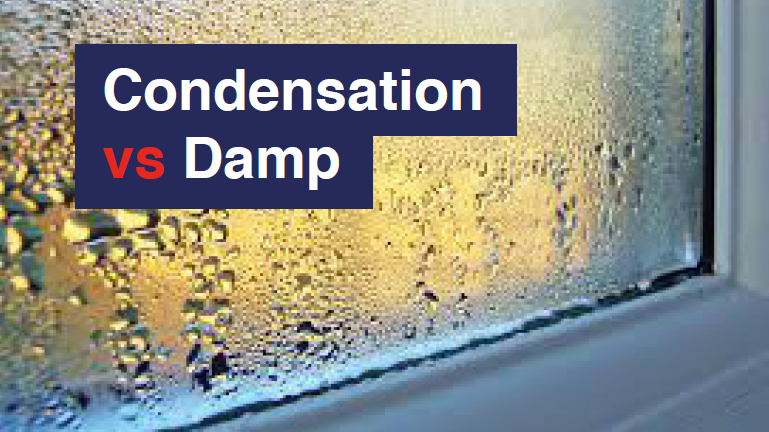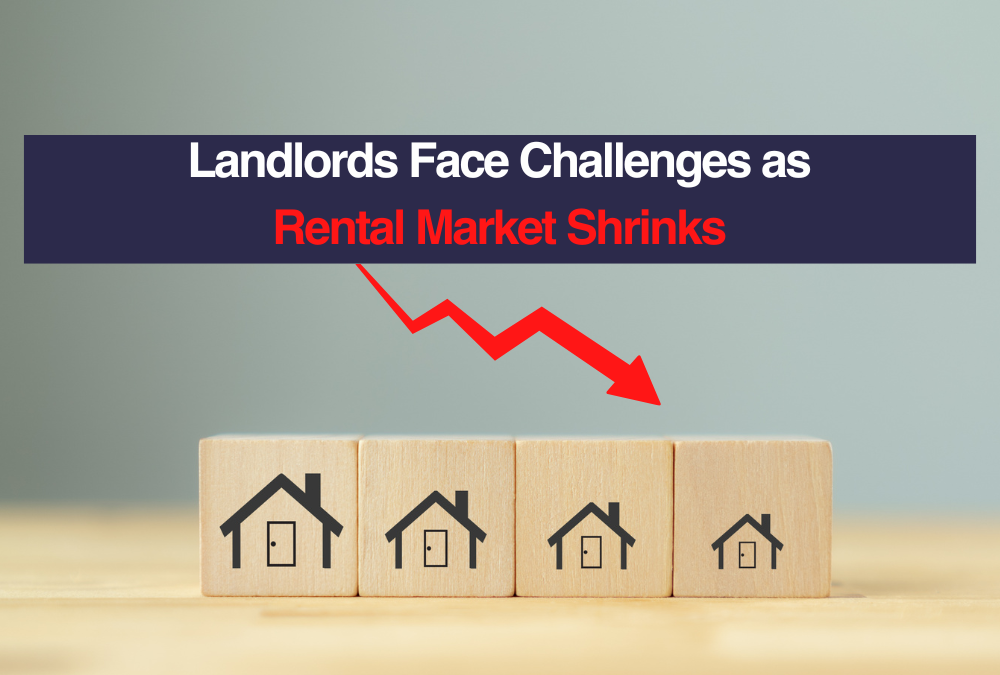It would be a safe assumption that most landlords and letting agents have lost count of the amount of times a tenant had contacted them to report they had damp in their home and needed a contractor straight away. Majority of the time, after some digging it turns out to be condensation.
So many people will wonder why they have mould below windows when the windows themselves are streaming with condensation. The simple fact is that 9 times out of 10, it is condensation and often tenants and even some landlords, don’t understand why this is being caused so will therefore misdiagnose it as ‘severe damp’.
Tenants and landlords can cause themselves a lot of frustration by not dealing effectively with the condensation which results in unhappiness from both parties, the tenants’ belongings becoming covered in mould spores and the landlords investment being damaged.
If you are a tenant living in a property, it is important you understand the ways of combatting this.
Landlords, it is also important you know how to spot this, so that you don’t spend money on unnecessary and expensive damp reports or repairs.
So, what is condensation?
In an average household of four people each person will contribute approximately four pints of moisture per day everyday through things such as taking showers or baths, boiling kettles, cooking etc. This adds up to a huge amount of moisture that then has to go somewhere.
Condensation is caused when you have warm moist air hitting a cold surface. Therefore you will often see windows streaming with moisture in the winter when the warm air from inside a home is hitting a window which is cold from the air outside. If the warm moist air is cooled by a cold surface, such as a window or external wall, it is then no longer able to hold the same amount of water vapour. The moisture then turns into droplets of water and collects on the cold surface.
When is it a problem in homes?
All homes get condensation – usually when lots of moisture and steam are being produced – for example, when a main meal is being cooked the moisture from the cooking gets into the air and will need somewhere to go. Similarly, this issue occurs in bathrooms from hot showers if windows are not opened or extractor fans turned on.
But, when is it really damp?
Occasionally, the increased moisture in a property is not caused just by condensation. Damp is generally only ever caused by leaking pipes, a leaking roof, a weakness in an external wall or rising damp, whereas condensation is always surface dampness. Leaks often result in patches of damp coming through the plaster and wallpaper near where the leak is.
Rising damp can be identified by a damp ‘tidemark’ low down on the walls indoors.
If the issue is damp, then a qualified damp contractor will need to attend to carry out an intensive damp treatment course, generally costing a lot of money.
What could condensation mean for a landlord or tenant in a rented property?
The maintaining of condensation is generally included as a clause within most Assured Shorthold Tenancy Agreements as a tenants’ responsibility. If a rented property does have condensation issues and the tenant does not maintain it themselves, a landlord can claim the costs back to repair any damage from a tenant’s deposit. Also, a tenant could suffer damage to their own property if this mould is appearing so it is important it is maintained and each party is educated about the dangers of not keeping on top of it.
If you are a tenant please follow the steps in the acronym P-A-T-C-H below;
PRODUCE LESS water vapour – Many everyday activities add to the water vapour level in your home, but their effect can be kept to a minimum.
- Cooking – cover pans when you are cooking and don’t leave kettles and pans boiling longer than necessary. Ensure your extractor fan is turned on and a window is opened.
- Drying clothes – Hang washing outside to dry whenever you can and if you must use a tumble dryer make sure it’s vented to the outside. Do not hang wet washing on radiators all around your home, doing so is very likely to cause condensation problems.
- Bathing – Keep the bathroom door shut and the room well ventilated.
AIM TO VENTILATE your home – The best way to remove water vapour is by providing adequate ventilation. Nobody likes draughts but some ventilation is vital.
- Keep a small window ajar, or a trickle ventilator open, in each occupied room to give background ventilation.
- Open the windows to let the water vapour out, especially when you are doing the washing or cooking.
- Windows near the ceiling are more effective at letting water vapour out than ones lower down.
TRY TO CONTAIN any water vapour/steam:
- Your bathroom and kitchen are ‘wet rooms’ – keep these doors shut so that the wet air cannot spread to the rest of your home. Especially when you are washing, cooking or taking a shower or bath, keep the door shut to stop the moist air spreading into the rest of your home. This is even more important if some of the other rooms are very cold. If rooms are not being used and are unheated it is a good idea to keep their doors shut.
CLEAN OFF SPORES when they appear:
- When you notice mould spores or moisture appear on or around windows, ensure you clean it off with a cloth as soon as possible. You can also use a mould solution or a weak watered down with water bleach solution to clean away the mould which should help with stopping it returning
HEAT your home:
- Ideally, it needs to be ‘dry heat’ such as central heating or gas fires, not paraffin or portable gas heaters. The best approach to heating to reduce condensation, is to heat your home at a low level for a long time. Keep the heating on but set it to provide just a minimum of background heating. This will warm the whole building up and keep it warm so there are no cold surfaces.
Tenants, if you follow these steps, then your condensation will be kept at bay and the condition of your home will likely stay the same throughout your tenancy. If you do not, your landlord could hold you responsible for not following these steps and claim the cost of putting the property back to the condition it was at the start of the tenancy.
Landlords, it is helpful to advise tenants of these steps before the tenancy begins and keep reiterating these steps to your tenant throughout if you notice a problem. If your property is managed by a Letting agent, they will often do this on your behalf and will reiterate it following inspections if there are any issues. If you can prove you have provided this information to them, it will also help your case should you need to claim costs back from a deposit at the end of a tenancy.
You may also wish to consider installing trickle vents, maintaining extractor fans and purchasing a dehumidifier for your tenants. At the end of the day, it is you that will be left to put the property back to an acceptable condition at the end of the tenancy if your tenants do not keep on top of it, so its best you put these steps in place before hand to limit this possibility.
If you are a landlord or a tenant needing advice on condensation/damp issues please contact us on hello@horizonlets.com and we will do our best to help you!
Related Articles
- Landlords Guide to Water Supply & Your Responsibilities
- How Can I Find My Utility Company?
- Landlords Obligations – Legionnaires Disease
- Repairs: A Guide for Landlord & Tenants
- Landlord Property Management Services in Sheffield








